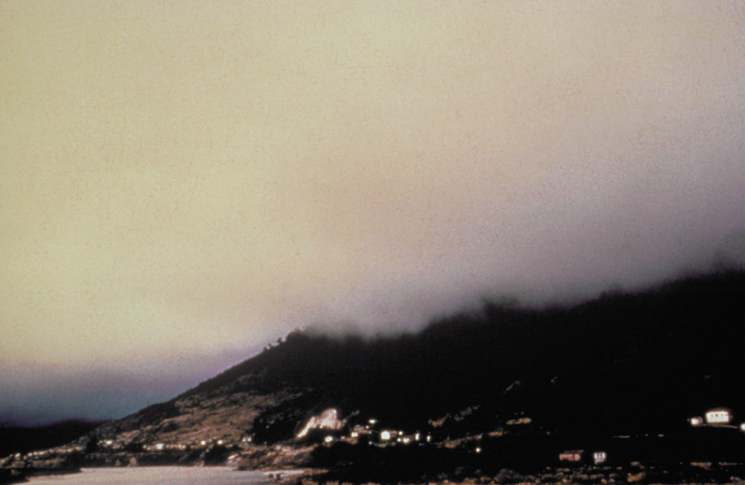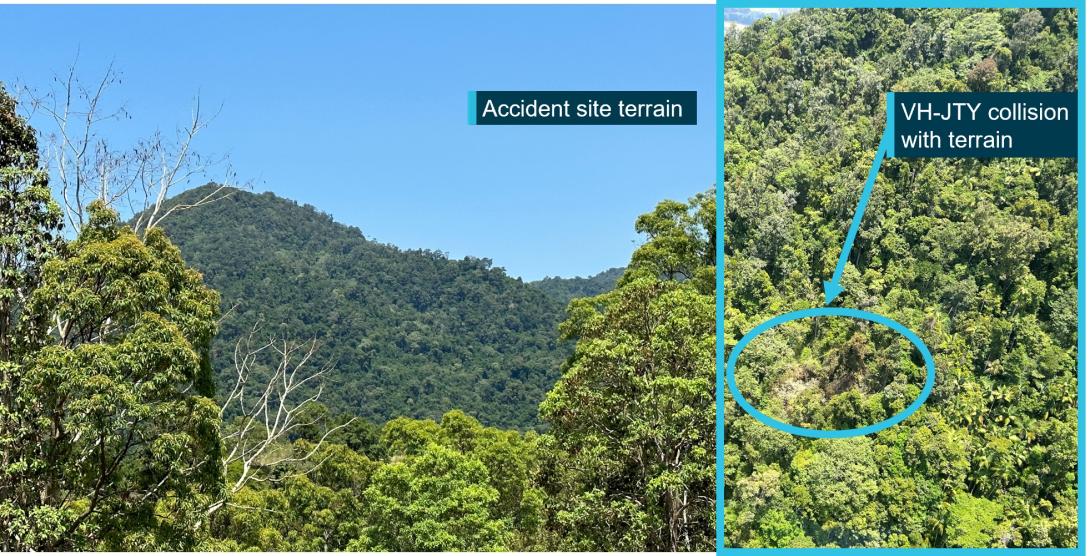
The Australian Transport Safety Bureau (ATSB) has released its investigation into the crash of a Piper PA-28 Cherokee that killed four people in January 2016.
The aircraft took off from Moorabbin, in Melbourne, and the aircraft entered an area of low visibility after passing over Point Lonsdale at the entrance to Port Phillip Bay, near Geelong.
The ATSB found the pilot had ‘conducted a 180-degree turn and initially tracked back towards Point Lonsdale, before heading south over the ocean’.
After about two minutes, the aircraft turned right again and entered a rapid descent. Witnesses saw it just before it hit the water in a nose-down, right wing-low attitude with the engine sounding as though it was producing power.
The ATSB found that due to the presence of low cloud and rain, near Point Lonsdale, the pilot probably became spatially disorientated, leading to a loss of control and impacted with the water. The risk of a loss of control in the conditions was increased by the pilot’s lack of instrument flying proficiency. (Three of the people on board were pilots, although none held an instrument rating. The ATSB was unable to determine who was flying the aircraft.)
The report cautions, ‘It is always possible that the actual weather conditions will be different to those forecast.’
‘Pilots conducting a flight under the visual flight rules make every effort to avoid areas of low visibility and plan for unforeseen eventualities. However, this is dependent on the pilot perceiving the risks of the situation, which is not inherently easy. Education and training in the practical application of meteorological principles has been shown to enhance pilots’ ability to recognise and respond to deteriorating weather conditions.’
CASA’s Aviation Safety Advisors will be addressing spatial disorientation in the new 2017-18 ‘Lessons for Life’ series of aviation safety Seminars which will be held around Australia over the next 12 months.
CASA has produced a video, 178 seconds to live which presents the risks of inadvertent flight into VMC in a harrowing, but memorable, way. It would be worth reviewing by VFR pilots as a practical act and memorial to this tragic crash.





Comments are closed.